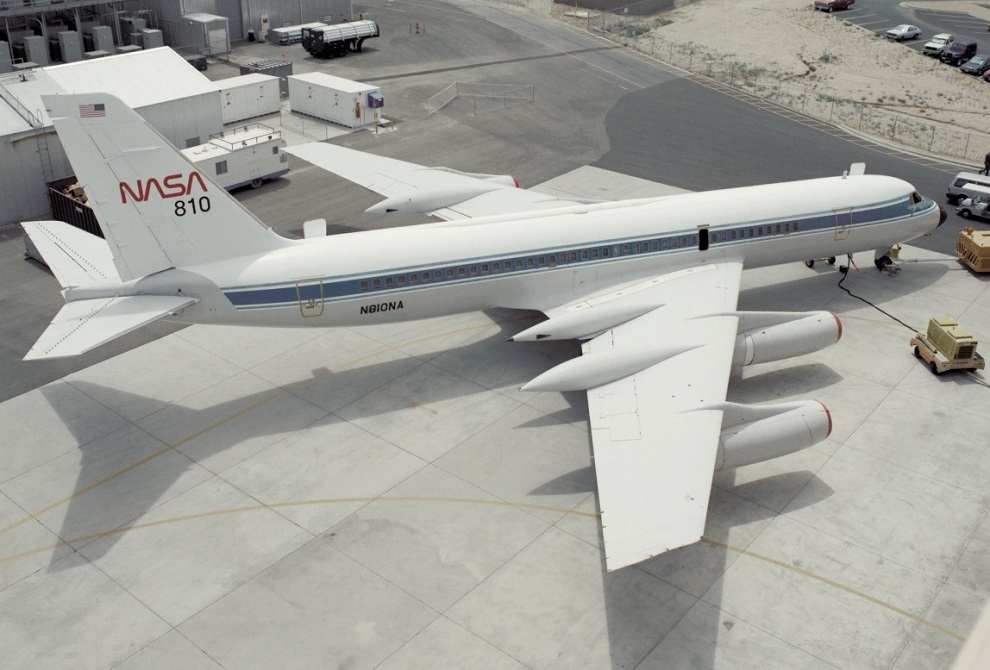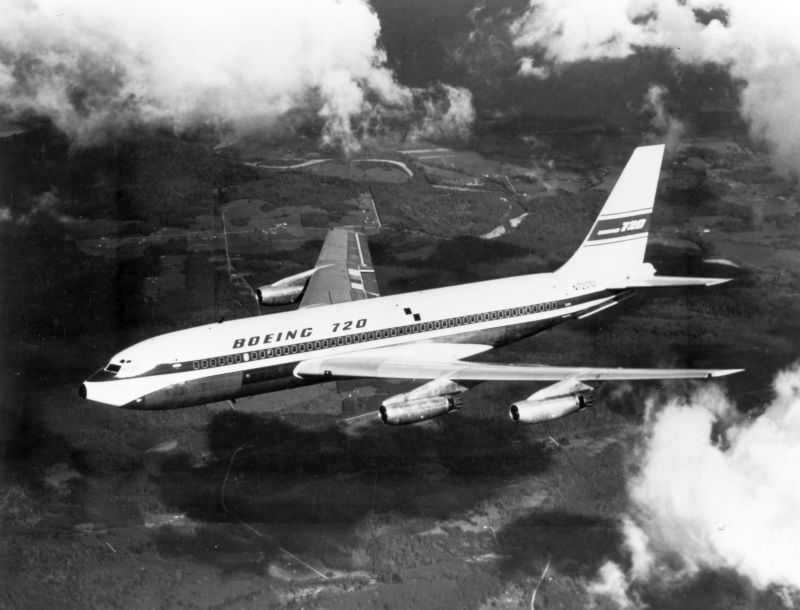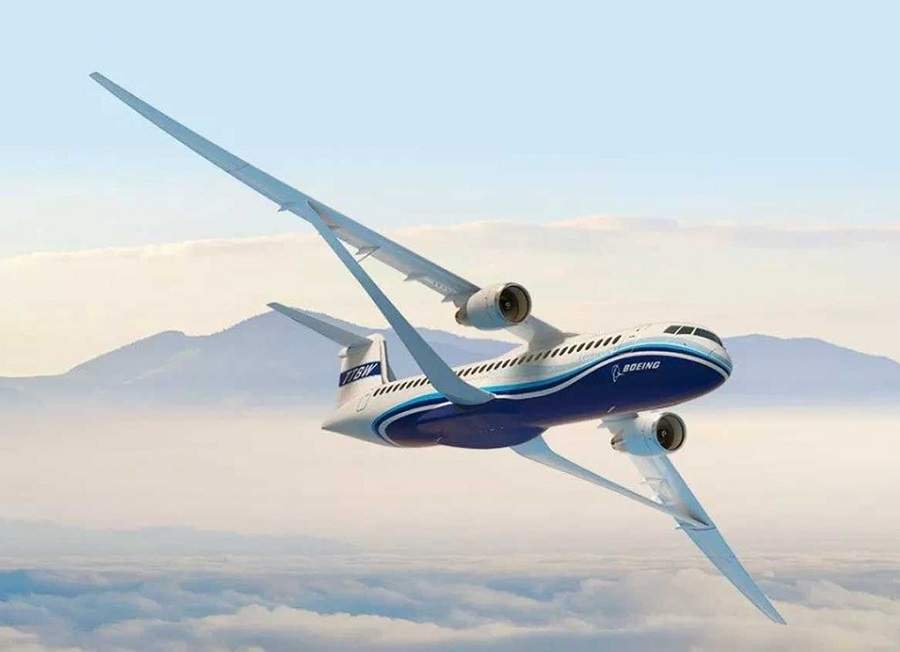Was the Convair 990A the fastest subsonic airliner ever? Why hasn’t another design beaten it? And why haven’t you heard of it before?
January 24th was the 60th anniversary of the Convair 990’s first flight. The aircraft would undergo more modifications, becoming the Convair 990A. Many call it the fastest ever subsonic airliner – even Wikipedia… but was it, really? To answer this question, we need some background to this unique aircraft.
In 1961, the Boeing 707 was in service for three years. Same for the Douglas DC-8. The two single-aisle, four-engined jets were brand-new and trading blows and orders from airlines. Aviation was glamorous, and Hollywood watchers came up with a cool new term: the jet-set. All was well. But Convair needed a way to enter the market, and the 990A was its idea of a niche.

The 990A was a redevelopment of the shorter Convair 880. The company wanted something bigger, that could compete with the DC-8 and 707. But they couldn’t stretch the design enough to reach the same seat capacity. That’s because unlike the other two quad-jets, the Convair had five-abreast seating. So, if Convair couldn’t beat Boeing and Douglas in capacity, they would try to beat them in speed.
Convair 990A’s Need For Speed
So from the outset, Convair designed the 990 and the definitive 990A, to be FAST. The aircraft had a modified wing, with four ‘anti-shock bodies’ on it. These were trailing edge extensions on the wing, whose role was to increase the critical Mach number, reducing transonic drag. They could also carry fuel. See below.
The niche for Convair’s 990A would be fast, transcontinental flights. The company promised to American Airlines that the new jet would be able to get from New York to LA, against prevailing winds, non-stop. And quickly, faster than the bigger Boeing and Douglas, that airlines would struggle to fill for such flights. The smaller capacity would fit these routes well.

Unfortunately, the plane didn’t really deliver. It was fast, but at high speeds, it didn’t have the range. Convair modified it to the 990A standard to make it more efficient, and give it more fuel. It wasn’t enough. Its four turbojet engines were essentially non-afterburning versions of Starfighter and F-4 Phantom engines. They burned quite a bit of fuel.
Still, Convair’s 990A has the reputation of being the fastest. This comes from a single flight test. In May 1961, one of the prototypes (in the early 990 guise) set a speed of Mach 0.97, in level flight. Other than the Concorde, no other airliner has travelled this fast, going straight and level. This last caveat is because of another test – also done in 1961, in August. Then, a Douglas DC-8-43 reached a speed of Mach 1.012, in a dive, going through 41,000 feet. It maintained this speed for 16 seconds.

The Convair 990’s Claim To Fame
That impressive stunt aside, Convair’s 990A, in its final guise, should be the fastest ever subsonic airliner. But that is more than a little debatable. In actual service, the 990A had a cruise of Mach 0.84, and a rated maximum cruise of Mach 0.87. These are high numbers, compared to today’s single-aisles, but not that far ahead for the 1960s. In 1964, Boeing’s then-new 727 boasted a max. cruise of Mach 0.86. Later still, the 747 would cruise between Mach 0.86 and 0.90.

Boeing’s 727 is relevant here because it was the aircraft that would eventually take the Convair 990A’s transcontinental niche. And really, even before the 990’s first flight, Boeing had released the 720. This was a short-fuselage version of the 707 – a tad shorter than a 737-900. It could work fine in the medium-haul/transcontinental role, that Convair’s 990A never really filled.
That’s why you probably haven’t heard of the Convair 990A, despite its speed. Only 37 left the factory, before the company ended production. Its predecessor, the 880, only sold 65 copies. This was a blow to Convair, and nearly bankrupted General Dynamics, its parent company.

The Decaying Speed Of Aviation
But is it true, then, that airliners are getting slower? The quick answer is YES. This is particularly true of short and medium-haul jets. The 737 and A320 families typically cruise at around Mach 0.77-0.79. Higher speeds, like those of the Convair 990A, would bring a big penalty in efficiency and fuel consumption.
Having said that, long-haul jets remain faster. Having to stay in the air for 6-7 hours or more, makes a bit of extra speed more attractive. But even there, speeds are going down. The Boeing 777s and 787s are around Mach 0.02-0.04 slower than a 747-400. Again: efficiency.

But if you think that demand for even better efficiency will cause speeds to go even lower, don’t worry. We might not get quite at the speeds of Convair’s 990A, but we shouldn’t get slower than now. We wrote about Boeing and NASA’s joint project, called the TTBW. This is a design that will use a very thin, low-induced drag wing, suitable for Mach numbers up to 0.80!
Unfortunately, the Convair 990A was a short chapter in aviation. But it offered an early clue about the development of aviation, in an era when everyone expected commercial aviation to go supersonic. We will look at that, in a future article.




1 comment
Phil Grizzell
Interesting read, thanks for sharing. 😊